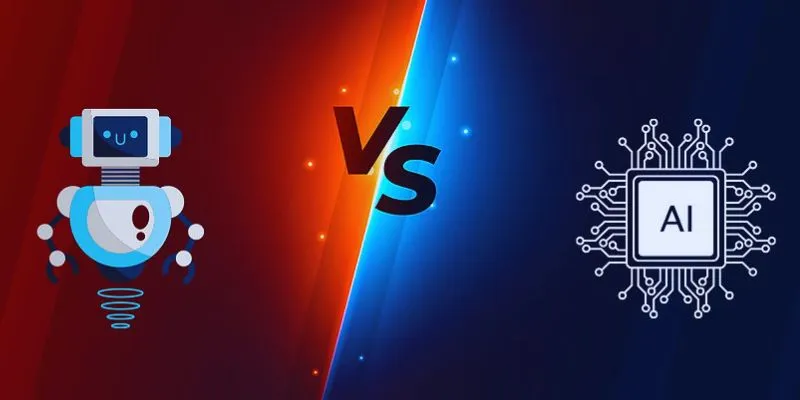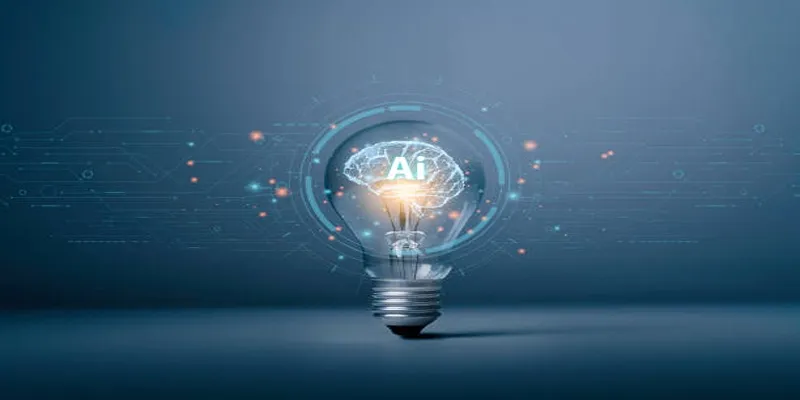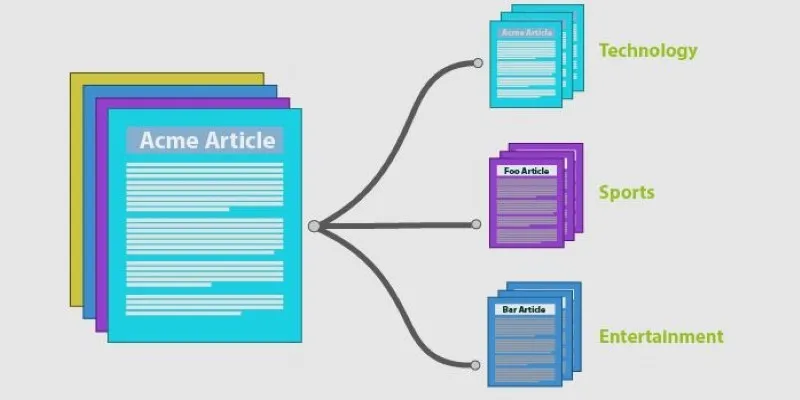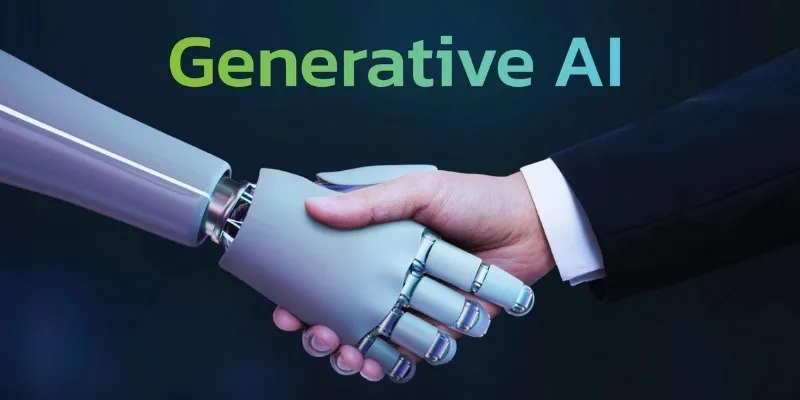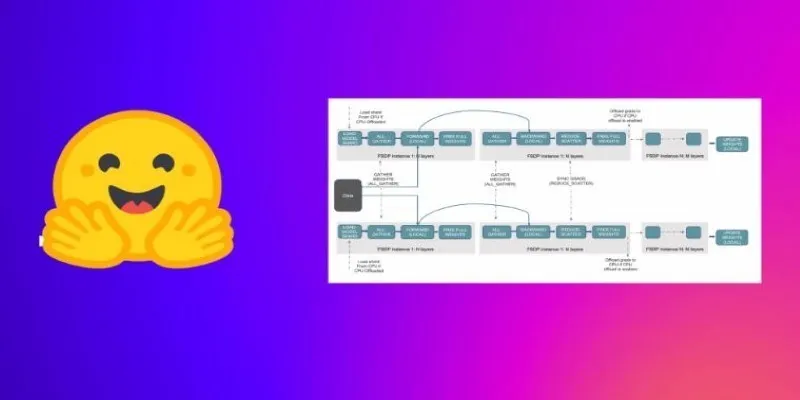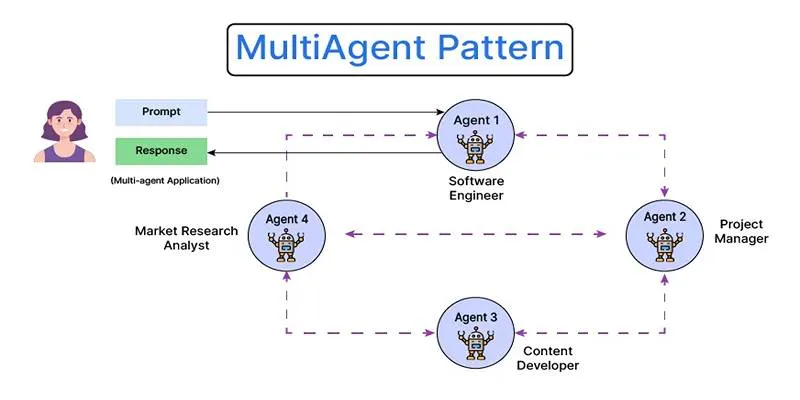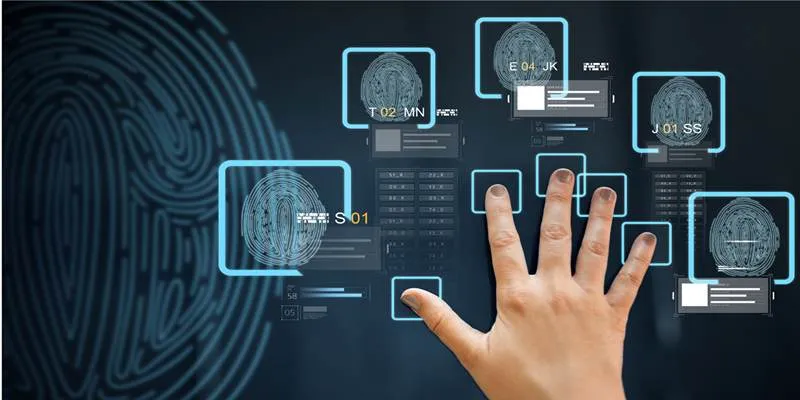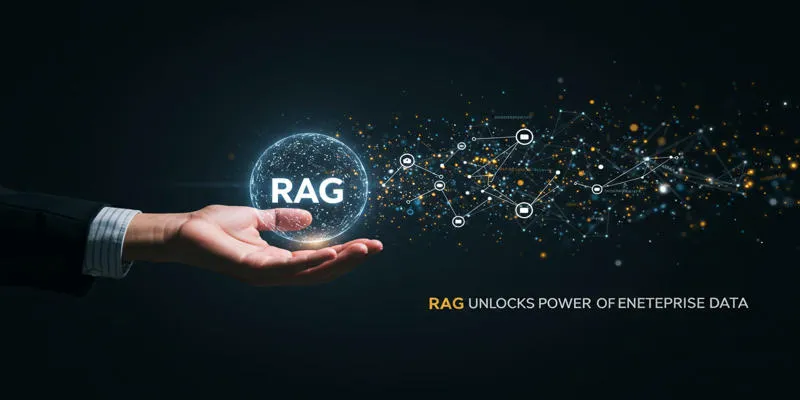Language is what makes human communication rich and complex, but for machines, understanding it is no easy feat. Yet, thanks to Natural Language Processing (NLP) algorithms, computers are becoming increasingly adept at interpreting and responding to human speech. From AI chatbots handling customer service queries to voice assistants answering questions in real-time, NLP is transforming how we interact with technology.
These algorithms don’t merely decode words—they examine context, tone, and purpose, which makes AI more natural and responsive. As NLP continues to improve, machines are becoming smarter at understanding us than ever. So, how exactly do these algorithms work, and what makes them so effective? Let’s take a closer look and discover the magic in NLP.
What Are NLP Algorithms?
In essence, Natural Language Processing (NLP) is a subdiscipline of AI and linguistics that focuses on enabling machines to comprehend, process, and create human language. NLP algorithms are the cornerstone of this technology, enabling computers to wade through the complexity of language, from grammar and syntax to context and emotion.
These algorithms generally fall into two categories: rule-based algorithms and machine learning-based algorithms. Rule-based algorithms are programmed to follow structured linguistic rules, interpreting text based on predefined patterns. In contrast, machine learning-based algorithms analyze vast datasets and learn patterns to make predictions based on real-world language usage. Over time, NLP has evolved from basic text processing to highly sophisticated models that generate responses with human-like qualities.
How Do NLP Algorithms Work?
Processing language data involves several techniques. The initial step is preprocessing, which includes cleaning up raw text for analysis. This may involve tokenization to separate words, and stop-word removal to eliminate common words like “the” or “and,” which provide little significance. Next comes feature extraction, where key features of the text are identified, such as named entities (people, places) or sentiment (positive, negative, neutral).
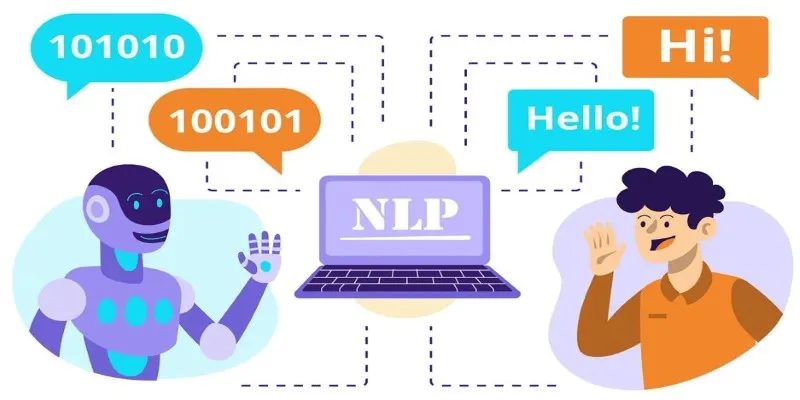
Once the text is preprocessed, NLP algorithms can interpret the data using various models. Traditional models like decision trees and support vector machines were once popular for NLP tasks, but more advanced techniques like deep learning and neural networks have emerged in recent years. These models learn from large amounts of language data, identifying complex relationships between words, and predicting the most likely interpretation of a given text.
One powerful method within NLP is transformers, a type of model that has revolutionized language processing. These models, such as OpenAI’s GPT (Generative Pretrained Transformer), analyze vast sequences of text and generate highly accurate, context-aware outputs. Transformers work by leveraging attention mechanisms that focus on different parts of the input text based on their relevance, significantly improving accuracy.
Applications of NLP Algorithms
NLP algorithms are used across various industries in numerous applications. One of the most common uses is in chatbots and virtual assistants, which rely on NLP to understand and respond to user queries. For instance, Siri or Alexa uses NLP algorithms to process speech, recognize commands, and provide helpful responses, continuously improving their accuracy through user interactions.
Another major application is sentiment analysis, extensively used in social media monitoring, customer service, and brand management. Sentiment analysis helps businesses analyze text data from customer reviews, social media posts, and surveys to gauge public opinion about products, services, or brands. NLP algorithms determine whether the sentiment behind a message is positive, negative, or neutral, enabling businesses to react accordingly.
NLP algorithms also power machine translation tools like Google Translate, allowing one language to be translated into another while maintaining the meaning and context of the original message. Advancements in machine learning models have significantly improved translation capabilities, capturing the subtleties of language more effectively.
Additionally, NLP is used in automated content generation, where algorithms are trained to generate written content such as articles, blogs, and even poetry. By analyzing existing content, these algorithms can produce human-like text that is contextually relevant and grammatically correct.
Challenges Faced by NLP Algorithms
While NLP algorithms have come a long way, they still face several challenges. One major hurdle is dealing with ambiguity in language. Words can have multiple meanings depending on context, making it difficult for algorithms to accurately interpret text. For example, the word “bank” can refer to a financial institution, the side of a river, or a place for storage. Understanding the correct interpretation requires contextual awareness, which NLP algorithms are still refining.
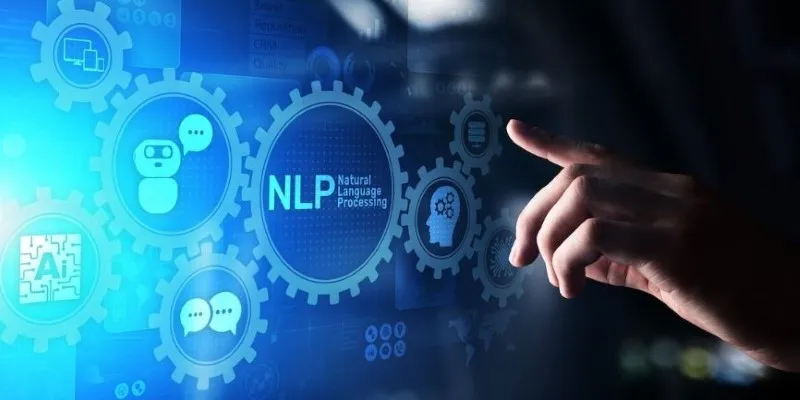
Handling low-resource languages is another challenge. Many languages lack the vast amounts of data needed to train accurate NLP models. This creates a disparity in NLP algorithm effectiveness across different languages, with models trained in high-resource languages like English performing better than those trained in less common languages.
Moreover, while NLP algorithms have improved in processing text, they struggle with understanding nuances of human emotions, sarcasm, and idiomatic expressions. This can lead to errors in interpretation, especially problematic in sensitive areas such as healthcare or legal services.
Conclusion
NLP algorithms are a vital part of AI, transforming industries from chatbots to translation tools. While challenges like context understanding and low- resource languages remain, the future of NLP is promising. As technology advances, these algorithms will become more sophisticated, enhancing human-AI interactions. Understanding their function and applications is crucial for anyone looking to stay ahead in the fast-evolving world of AI and machine learning, ensuring better communication between humans and machines.
 zfn9
zfn9

